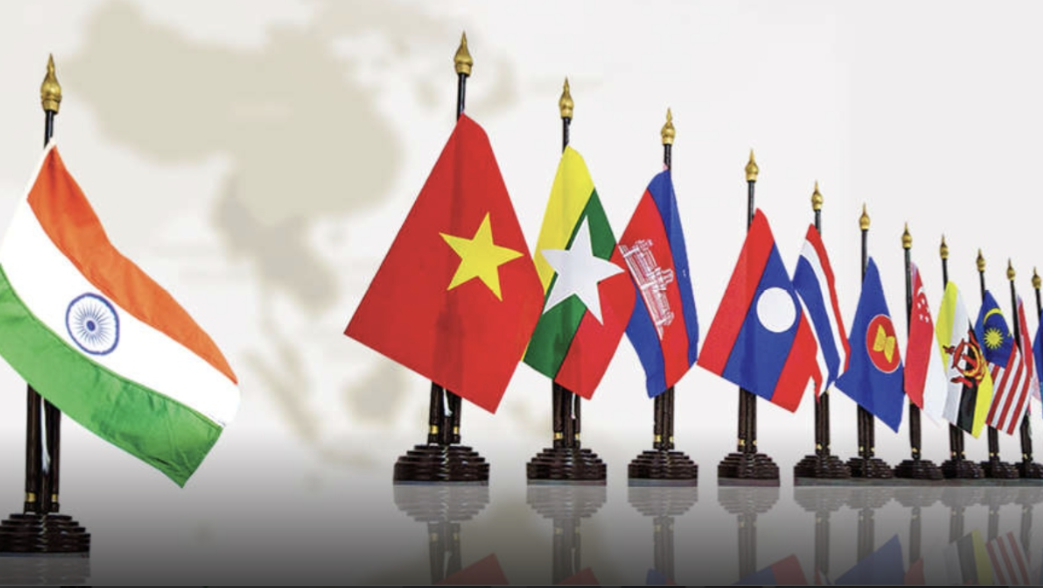The Regional Comprehensive Economic Programme described as the largest regional trading agreement is a regional grouping negotiated between 16 countries-ASEAN Members and countries with which they have free trade agreements (FTAs), namely Australia, China, Korea, Japan, New Zealand and India.
The purpose of RCEP was to make it easier for products and services of each of these countries to be available to the other and to lubricate trade between the countries of this region.
On November 4, 2019, India decided to exit over “significant outstanding issues”. India had been consistently raising fundamental issues and concerns throughout the negotiations and was prompted to take this stand as they had not been resolved by the deadline to commit to signing the deal. Its decision was to safeguard the interests of industries like agriculture and dairy and to give an advantage to the country’s services sector. According to officials, the current structure of RCEP still does not address these issues and concerns.
It is said that escalating decisions with China are a major concern for India’s decision. While China’s participation in the deal had already been proving difficult for India due to various economic threats, the clash at Galwan Valley has soured relations between the two Asian giants. The various measures India has taken to reduce its exposure to China would have sat uncomfortably with its commitments under RCEP.
The few outstanding issues that India said were unresolved during the RCEP discussions were related to the exposure India would have to China. This included a major concern in India’s quiver vis a vis the inadequate surge in imports. India was unable to ensure countermeasures like an auto-trigger mechanism to raise tariffs on products when their imports crossed a certain threshold. It also wanted RCEP to exclude most-favoured-nation (MFN) obligations from the investment chapter, as it did not want to hand out, especially to countries with which it has border disputes, the benefits it was giving to strategic allies.
India also felt the agreement would force it to extend benefits given to other countries to all RCEP members, with particular concern around the defence sector. RCEP also lacked clear assurance over market access issues in countries such as China and non-tariff barriers on Indian companies.
A possible alternate route India might be exploring is to review its existing bilateral FTAs with some of these RCEP members as well as newer agreements with other markets with potential for Indian exports. Over 20 negotiations are underway.
India currently has agreements with members like the ASEAN bloc, South Korea and Japan and is negotiating agreements with members like Australia and New Zealand. Two reviews of the India-Singapore CECA have been completed; the India-Bhutan Agreement on Trade Commerce and Transit was renewed in 2016, and the India-Nepal Treaty of Trade was extended in 2016. Eight rounds of negotiations have been completed for the review of the India-Korea CEPA, which began in 2016. India has taken up the review of the India-Japan CEPA and India-ASEAN FTA with its trading partners.
